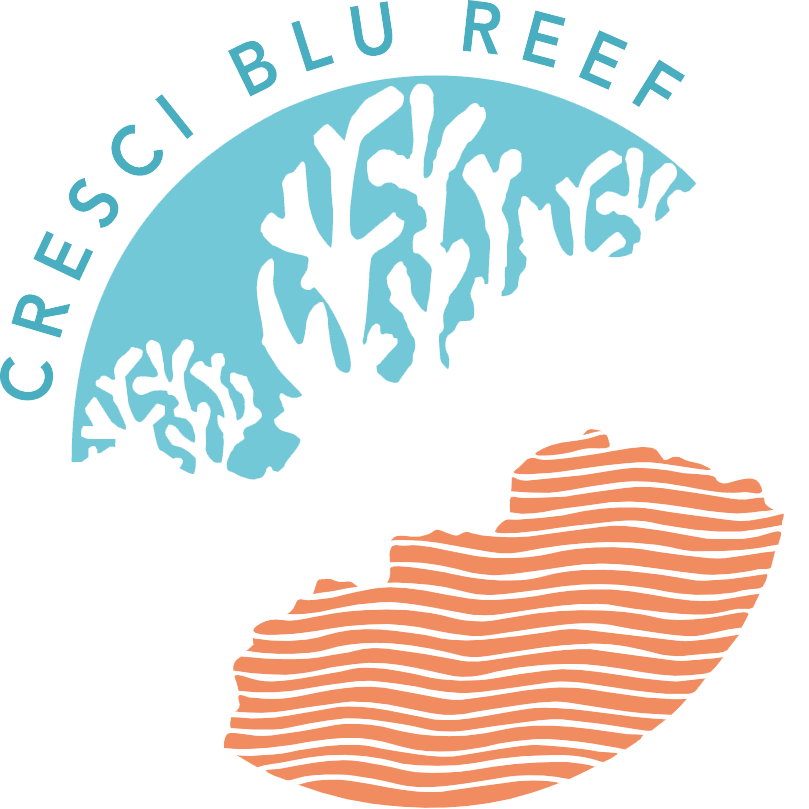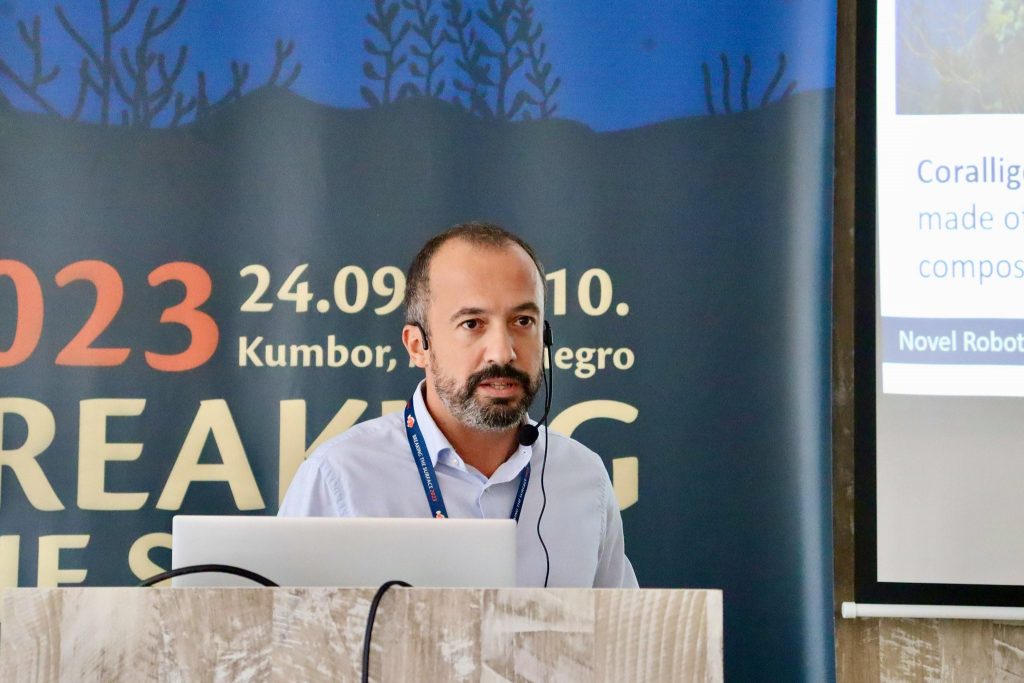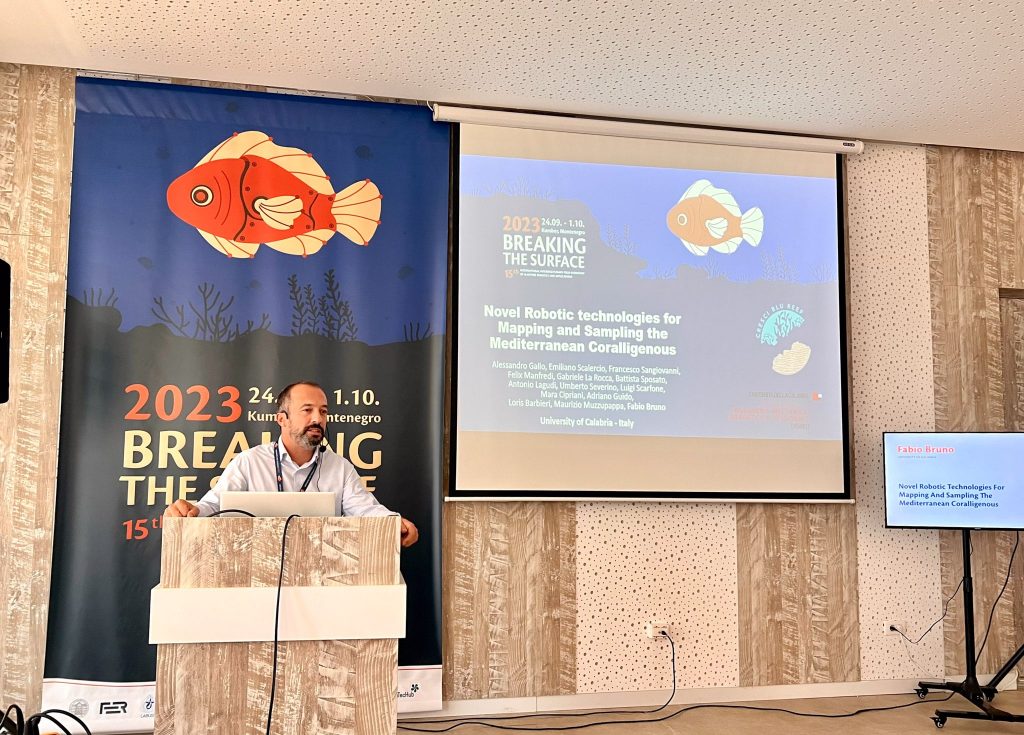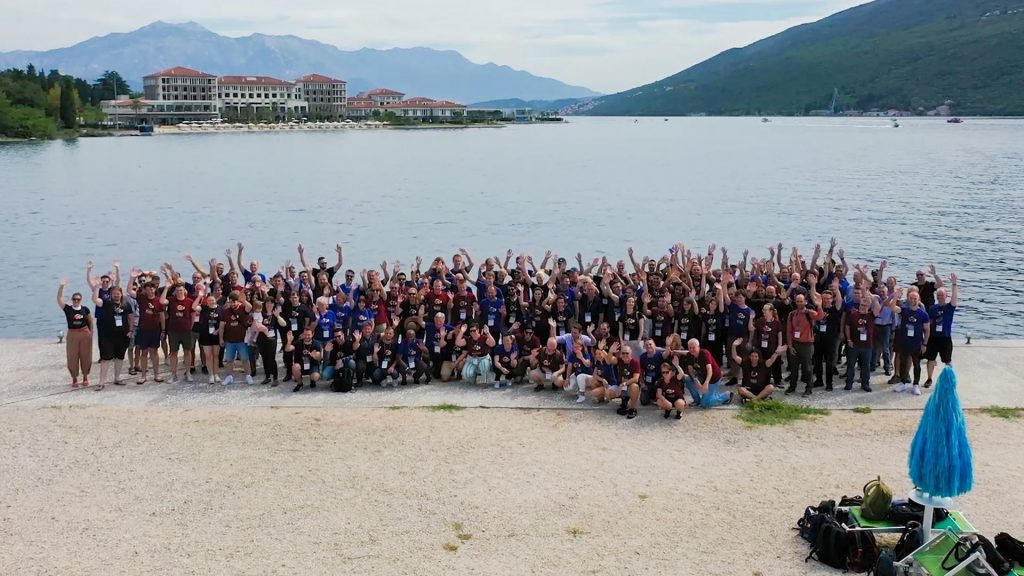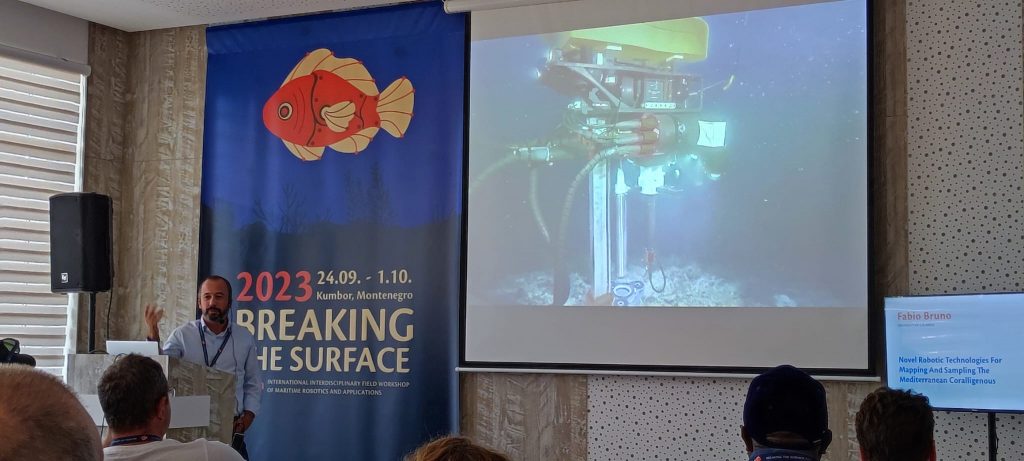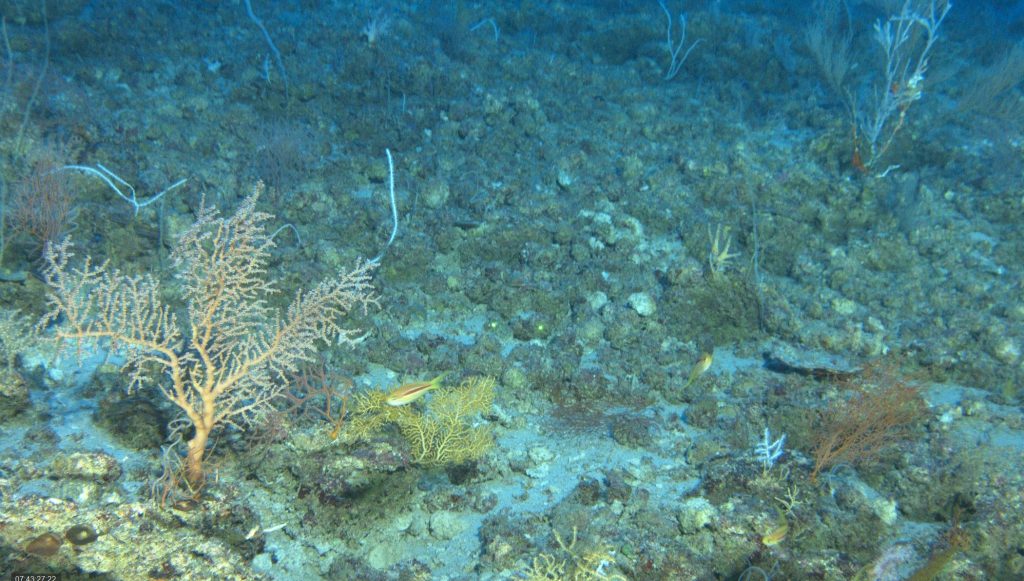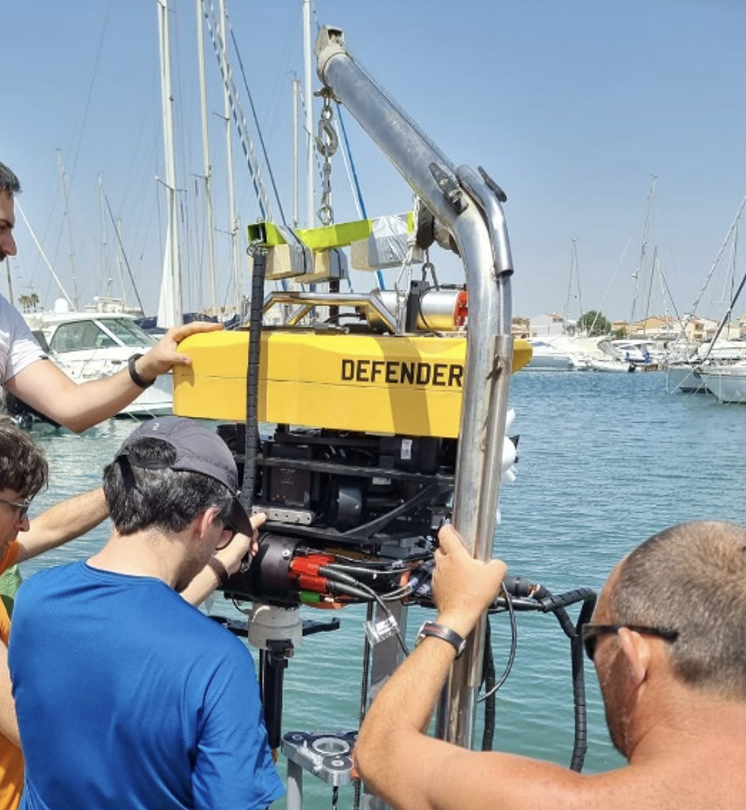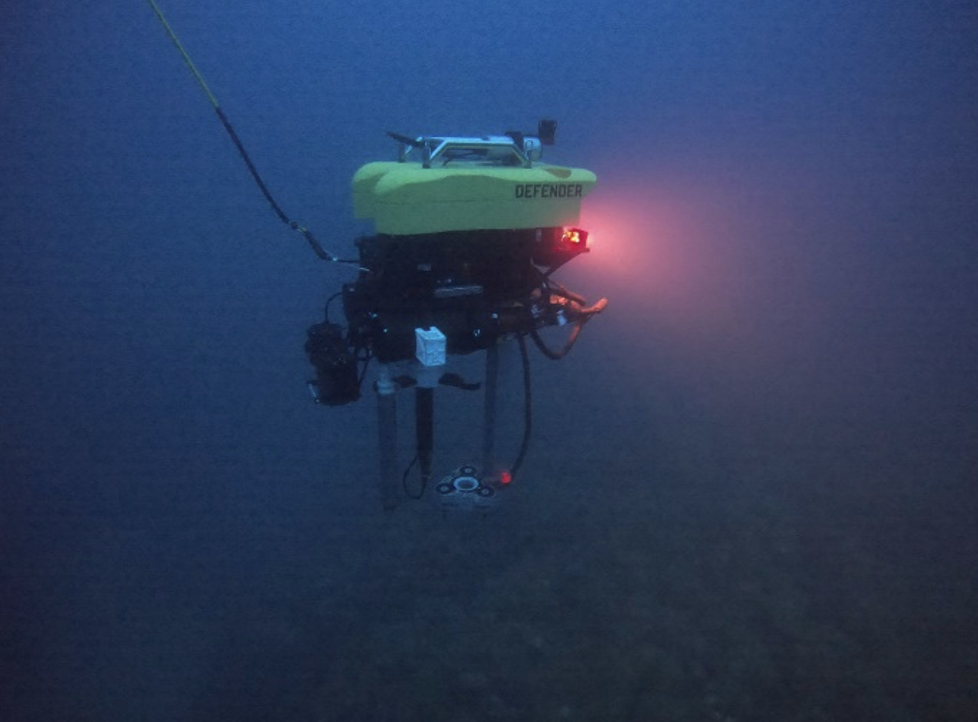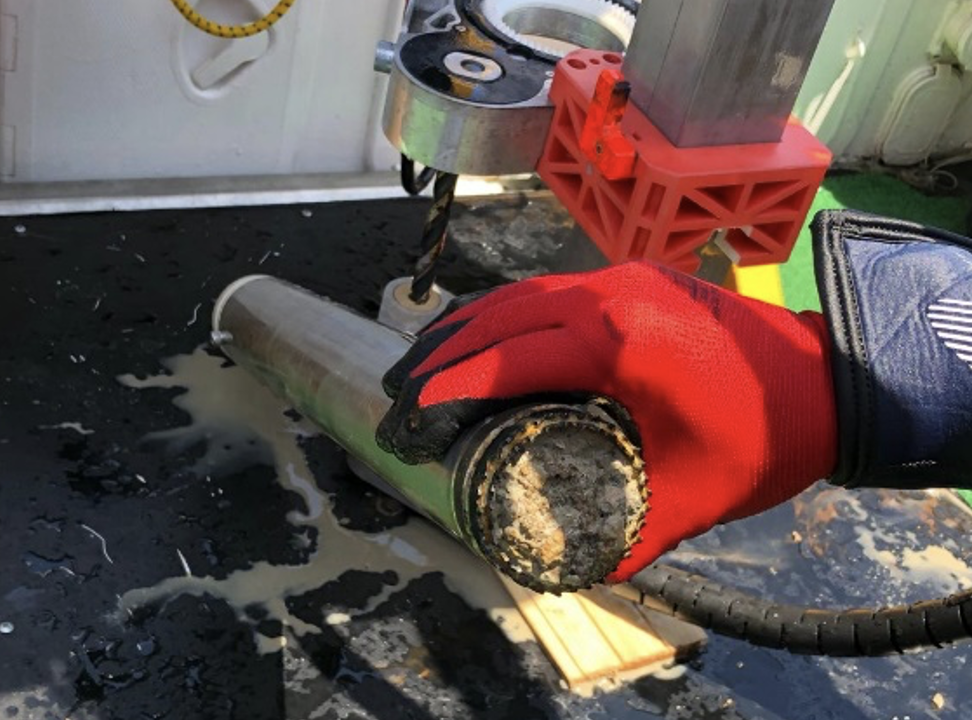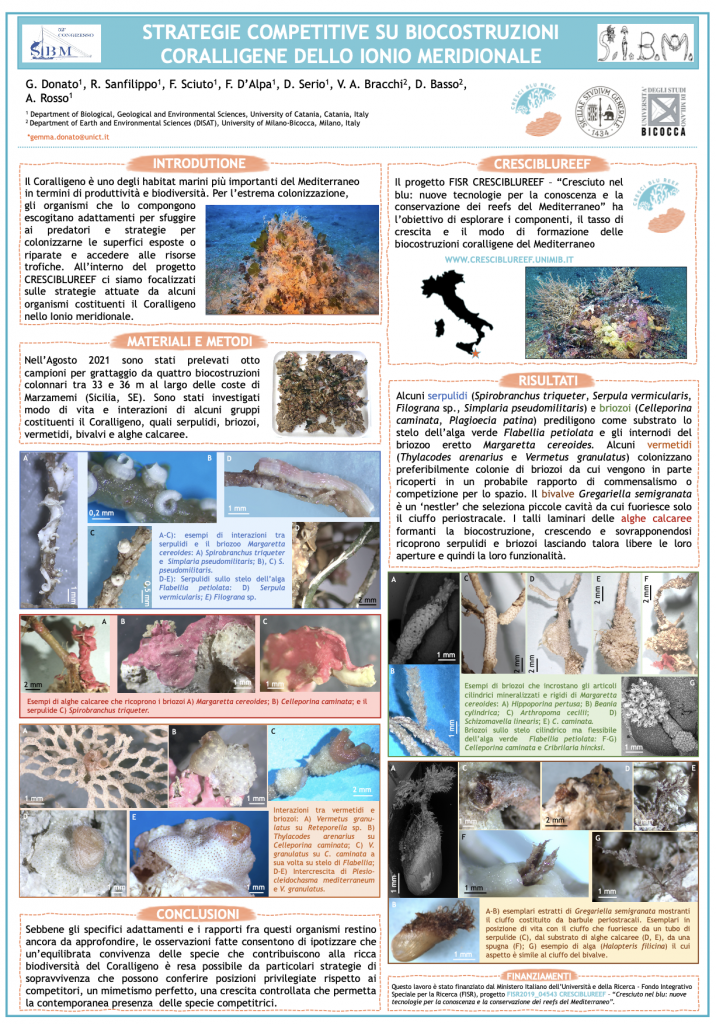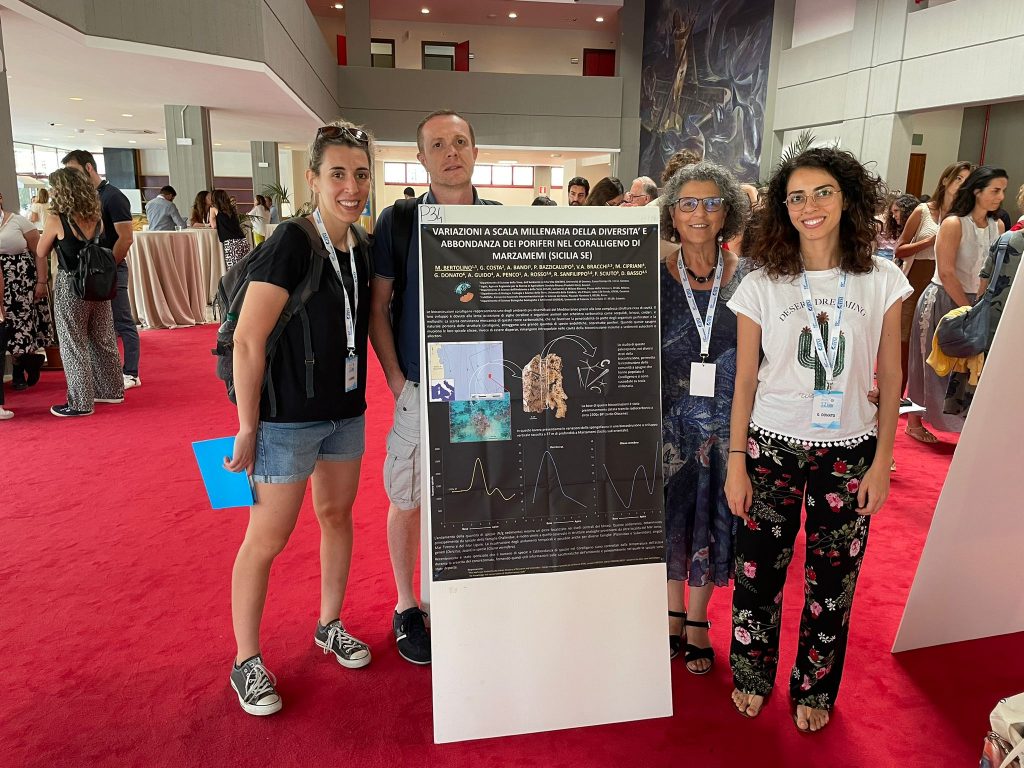Antonietta Rosso, Gemma Donato, Rossana Sanfilippo, Donatella Serio, Francesco Sciuto, Francesco D’Alpa, Valentina Alice Bracchi, Mauro Pietro Negri and Daniela Basso
!! SCIENTIFIC PAPER PUBLISHED IN Journal of Marine Science and Engineering !!
!! The present study focuses on the epibiosis found on the erect mineralised but flexible species Margaretta cereoides, contributing with some macroalgae to the canopy formation on a coralligenous build-up collected at 36.7 m depth offshore Marzamemi (Ionian Sea, Mediterranean) in the frame of the project CRESCIBLUREEF.
Focusing on bryozoans and serpulids we documented high diversity (species richness) on the investigated substrata. Diversity are higher on M. cereoides than on algae, possibly in relation with the morphology, robustness and persistence of the surface offered by the bryozoan contrasting with the flexible and ephemeral nature of most algae. Bryozoan and even more serpulid epibiont diversity on M. cereoides is also higher than those reported for studied species in the Mediterranean and for Flustra foliacea from North Europe. !!
Keywords: epibiosis, biodiversity, serpulids, build-up, fleshy algae, Ionian Sea
